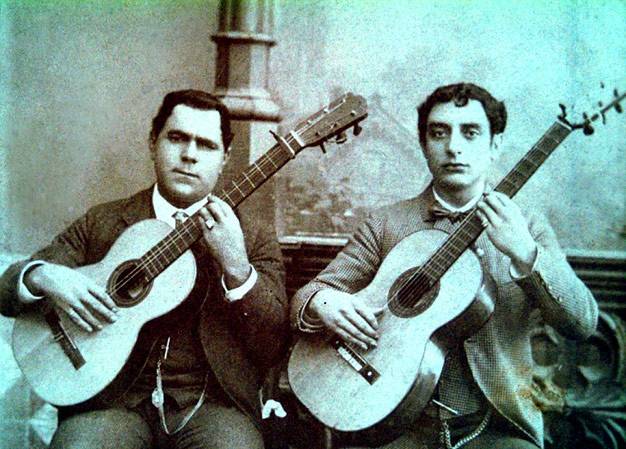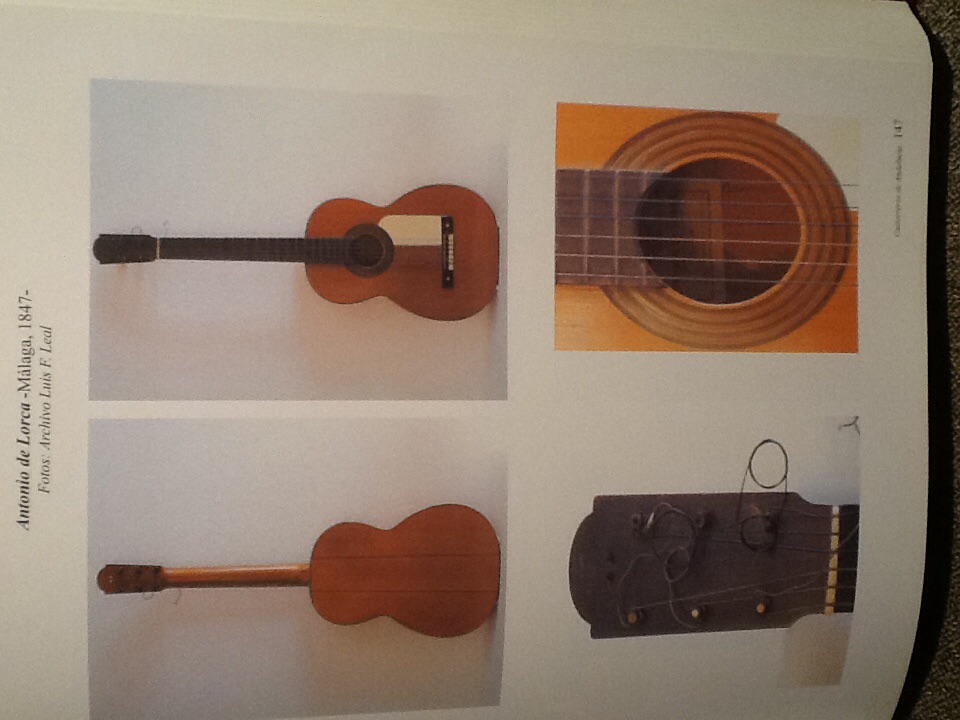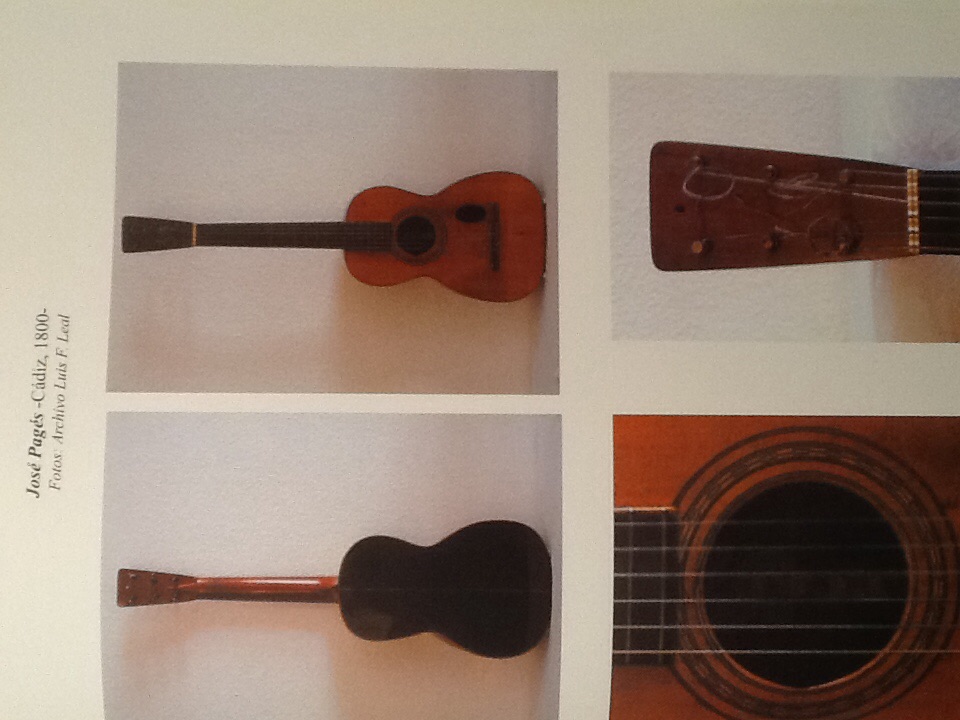|
estebanana -> RE: Golpeador origin (Oct. 19 2014 0:53:57)
|
Like the guys said Maple was common as a tap plate on Spanish guitars before plastic. Plastic wears better.
I've made three of four sets of wood tap plates for customers in repair situations. They insisted in wood tap plates, so I made them. One set I remember was made with Macassar ebony veneer and was coated with CA- Super Glue several times and sanded and buffed out. CA glue is sometimes used by some electric bass makers as a fingerboard coating to improve durability and to keep it clean. It made the wood tap plates have a more durable surface, they probably lasted twice as long or more. I can ask the guy, I still have his email.
Preparing the wood tap plates takes little longer as you have to thickness it and decide how thick it can be without compromising the strength. Maple is good, probably in the 19th century and eary 20th they used that mainly, but also beech, oak, maybe ebony.....anything goes here really. Usually they only put the tap plate under the treble side a the plate is smaller than todays plastic shapes.
Several of the books on old guitars have photos of 19th century instruments with tap plates. Up until Dionysio Aguado's time there was a left hand technique that called for the pinky finger to be rested on the top of the guitar under the bridge or under the treble strings. There are paintings and illustrations of these players, Vermeer's 'Lady with guitar' is an example, but later Spanish illustrations too, which show players resting the pinky (4th finger) on the top. Some times those guitars had a small tap pad or oval shaped patch of veneer glued where the pinky rests. Those probably were not intended as flamenco tap plates, but just as decorative places to rest the pinky and keep the top clean and protected from rich ladies fingers. Or to protect rich lades fingers from guitars, which ever way you see it.
|
|
|
|





